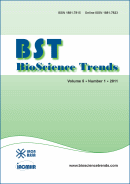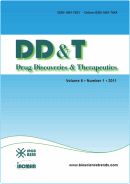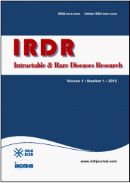Intractable Rare Dis Res. 2025;14(3):162-174. (DOI: 10.5582/irdr.2025.01035)
Literature analysis and implication of biologic therapy for children with non-systemic juvenile idiopathic arthritis in real-world settings
Fung A, Yue X, Wigle RR, Guo JJ
Juvenile idiopathic arthritis (JIA) is the most common rheumatological disease in children. Besides the more severe systemic form, non-systemic JIA is divided into 5 different subgroups. Polyarticular JIA (polyJIA), particularly rheumatoid factor (RF)-positive, which is defined as the disease involving five or more joints in the first 6 months of disease, has the worst prognosis. Biologic disease-modifying antirheumatic drugs (bDMARDs), particularly tumor necrosis factor inhibitors (TNFi), are the backbone of JIA treatment regimens. This research analyzed the published articles for: i) optimal sequence, timing and outcomes; ii) comparative effectiveness of various bDMARDs; and iii) safety concerns for use of bDMARDs. For patients with polyJIA, early effective treatment with bDMARDs is associated with drug-free remission, lower disease activity, better disease control and outcomes. Adalimumab, etanercept and tocilizumab have comparable effectiveness for treating polyJIA, and these drugs are also well-tolerated. JIA patients had a higher rate of hospitalized/serious infection and malignancy compared to the general population. The use of TNFi did not seem to significantly increase this risk further when compared to using methotrexate. Patients treated with IL-1 inhibitors or IL-6 inhibitors reported significantly more serious infections, compared with patients treated with TNFi. Clinicians and patients should consider potential risk in light of benefits of bDMARDs. The reimbursement policy and pricing issue of bDMARDs are out of the scope of the present literature analysis. The current review may help inform shared decision-making discussions between families and physicians as they weigh the risks and benefits of various treatment approaches for children with JIA.







